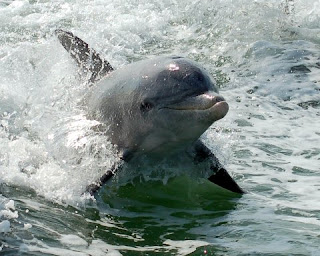
Black mambas are fast, nervous, lethally venomous, and when threatened, highly aggressive. They have been blamed for numerous human deaths, and African myths exaggerate their capabilities to legendary proportions. For these reasons, the black mamba is widely considered the world’s deadliest snake. Black mambas live in the savannas and rocky hills of southern and eastern Africa. They are Africa’s longest venomous snake, reaching up to 14 feet (4.5 meters) in length, although 8.2 feet (2.5 meters) is more the average. They are also among the fastest snakes in the world, slithering at speeds of up to 12.5 miles per hour (20 kilometers per hour)type: Reptile
They are carnivores.
Average lifespan in captivity: 11 years or more
Did you know? Black mambas use their incredible speed to escape threats, not to hunt prey.
















































